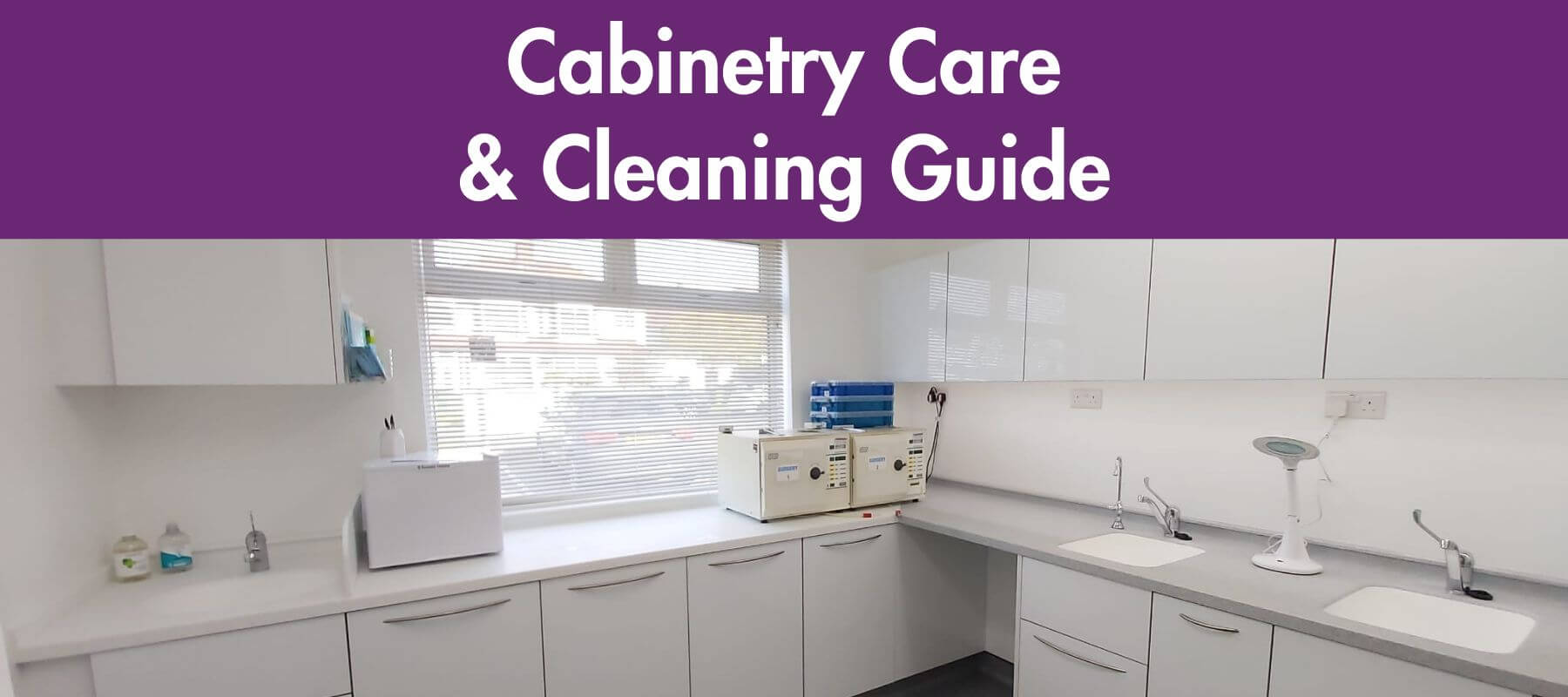
All dental practices must be kept clean and hygienic. To achieve this, the practice must meet very specific regulations and guidelines.
Cabinetry and worktops are designed to utilise the space within the surgery or decontamination room by creating a minimal and clean appearance. They are made from durable materials that allow surfaces to be easily disinfected and this enables efficient cleaning between patients, so that the dentist can focus on other tasks during his/her day.
This article covers the essential care and cleaning of Durasein / Corian worktops plus Corian sinks, laminate worktops, drawers, doors and stainless steel sinks.

These solid surfaces are resistant to heat, stains and scratching. However, they are not heat, stain or scratch proof. Routine care and maintenance will keep your surfaces looking as new as the day that they were installed.
Although liquids cannot penetrate these surfaces, it is best to wipe up spills as they occur. Generally, cleaning with soapy water or ammonia-based cleansers will remove most dirt and stains. Always clean using a circular motion and avoid using window cleaners, as they can leave a waxy build-up that dulls the surface.
Film will build up on worktops if water is left to dry on the surface. This film will dull the surface, making the finish appear blotchy and uneven. To prevent film build-up, it is very important to wipe the countertop completely dry immediately after spills and cleaning.
Stubborn stains can be removed with bleach or bleach-based cleansers or non-abrasive cleansers. Do not use harsh chemicals. The surface can be damaged by harsh substances, including chemicals such as paint thinner, mineral spirits, acetone or acetone-based nail polish remover.
As with all worktop materials, it is important to minimise direct heat exposure. Prolonged or extreme heat can cause discolouring and the thermal stress may cause cracking. To prevent damage always use hot pads or trivets (with rubber feet) under heat-generating appliances. Be sure these trivets or pads are designed to protect surfaces from heat. Towels or other cloths are not effective insulators.
Accidental spills of strong chemicals (e.g. paint stripper, brush cleaners, metal cleaners, oven cleaners, cleaners containing methylene chloride, acid drain cleaners, acetone based nail varnish removers etc.) should be flushed promptly with plenty of soapy water to avoid damaging the worktop.
For nail varnish spills, non-acetone-based remover can be used, and then flushed with water. Undetected or prolonged exposure to chemicals may damage the surface.
You may notice that the surface of your countertop is starting to look blotchy. Typically, this is caused by letting hard water dry on the surface, leaving behind a film of minerals. To remove blotchy appearance or fine scratches, follow these simple steps.
Pour some mild abrasive liquid cleanser, such as Soft Scrub®, on a damp sponge or cloth and rub over area, using small circular motions, from the front to the back, and then from side to side, overlapping the circles until the entire area has been cleaned.
Thoroughly rinse the worktop with clean water and wipe surface completely dry. Check to see if blotchiness is gone. If not, repeat procedure, applying more pressure on the sponge or rag.
Like all materials, your worktops will develop slight abrasion marks in normal daily use. You should never cut or chop on these surfaces, always use a chopping board.
Dark, heavily pigmented colours will show scratches, dust and ordinary wear and tear more readily than lighter, textured colours.
Gently rub the entire surface with a green Scotch-Brite pad in a circular motion. Follow by scrubbing with a white Scotch-Brite pad and non-abrasive cleanser. Use a countertop cleaner designed for solid surfaces to restore gloss.
Note: Dark colours tend to require more attention than lighter colours.
Solid Worktop Surfaces are inherently “renewable” because they are solid and homogeneous all the way through. Most damage, including severe impact, heat or chemical damage can usually be repaired on site to restore the original, smooth, hygienic solid surface integrity.
For severe scratches, consult your dealer, distributor or fabricator.
Once or twice a week, use a spray with 3/4 of liquid household bleach and 1/4 water to spray the sink and leave a few hours or overnight. The exposure time should be limited to 16hrs. In the morning, rinse or clean with a damp cloth. The sink should then be beautifully clean, with very little effort.
Boiling water alone will not damage your Corian Solid Surface sink. However, it is a recommended practice to run cold water from the faucet while pouring boiling water into the sink and use a container to collect water from Instant Boiling Water Taps.
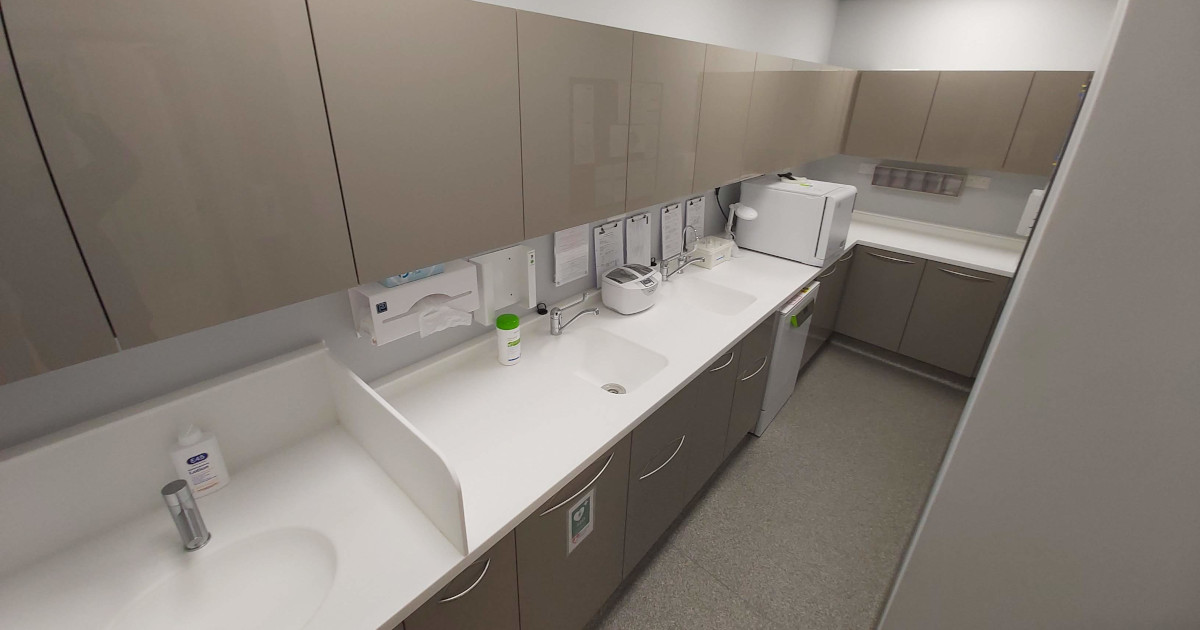
Hard water can be a problem in many areas and can build up over time. If you are experiencing problems with stain removal, apply “Viakal” gel over the area, leave for 2-4 minutes, then remove with a damp microfiber cloth. Using a second clean microfiber cloth, rinse the area thoroughly with water.
Laminate surfaces are best kept clean using water and mild detergent. Non-scratch liquids or creams, such as ‘CIF’, ‘FLASH’ or ‘AJAX’, are recommended for stubborn stains.
More persistent marks and discolouration can usually be removed by careful use of a mild abrasive cream or paste cleaner, however on no account should scouring pads or harsh abrasive cleaning agents be used.
Ink marks from felt-tip and ball-point pens can be removed with a suitable solvent (e.g. methylated spirits, acetone, etc.) on a clean cloth. Organic solvents such as white spirit and cellulose thinners can also be used to remove paint splashes and graffiti, as they will not affect the laminate surface.
After using a cleaner, the surface should be rinsed with clean water and polished dry with a soft cloth. Proprietary window-cleaning products are excellent for avoiding and removing drying marks and smears on the final finish.
Always rinse and dry laminated surfaces after cleaning. Even if a small amount of cleaning solution remains on the surface, moisture from objects can reactivate it and result in permanently etched scars.
Acidic or abrasive cleaners, drain cleaners, dyes, rust removers, limescale removers and other harsh chemicals will permanently damage any laminate surface. If a spill should happen, wipe up all the residue immediately, wash thoroughly with soapy water or all-purpose cleaner and rinse several times with warm water.
Steel wool and other abrasive pads will also damage laminate. Metal can rust and leave stains so don’t store steel wool pads on your worktop.
Furniture polishes should not be used, as a build-up of silicone wax on the surface may result causing eventual discolouration and smear marks which can be very difficult to remove.
Because of the nature of the surface, deep textured finishes are inevitably more difficult to clean than smooth surfaces and light textures. For stubborn marks in textured surfaces a nylon bristle brush can be used in conjunction with any of the above cleaners to remove deep-seated stains and marks.
Formica laminates do not easily scratch or chip and will withstand normal wear and tear but should never be used as a cutting or chopping surface.
Melamine finish can be cleaned in the same way as conventional laminates. It will withstand moderate heat, but very hot objects and heat generating appliances should not be placed directly on the surface.
To keep clean and remove simple stains, use a damp cloth and any household detergent.
To remove stubborn stains, hard water deposits and minor scratches use an abrasive cleaner and/or scouring pad (e.g. Scotch-Brite®).
As with all cleaning within the dental practice, little and often is the way to go. Rather than doing a big deep-clean occasionally, giving your doors a good wipe-over every day will stop stains persisting and dust collecting.
Wash the doors with a gentle detergent and water, then dry thoroughly with a soft cloth. If you find that soapy water leaves streaks on the doors, try using a glass cleaning spray to remove the streaks.
Do not use wax furniture polish, abrasive or aggressive cleaners, scouring powder, steel wool, lime scale removers, drain cleaning products, bleach or other chlorine based cleaners, multipurpose cleaners, dilutes, acetone, alcohol, solvent or similar products as this will damage the surface.
Some manufacturers suggest using solvents such as white spirit, acetone, household alcohol etc. for stubborn stains, but rinse with warm water and wipe with an all-purpose paper towel.
Spots of glue may be removed immediately. Neoprene or silicone joint blobs must be removed with the appropriate solvent and vinyl glue with warm water.
For more information regarding resistance to staining and other cleaning advice see this PDF (scroll down for English) from Polyrey.
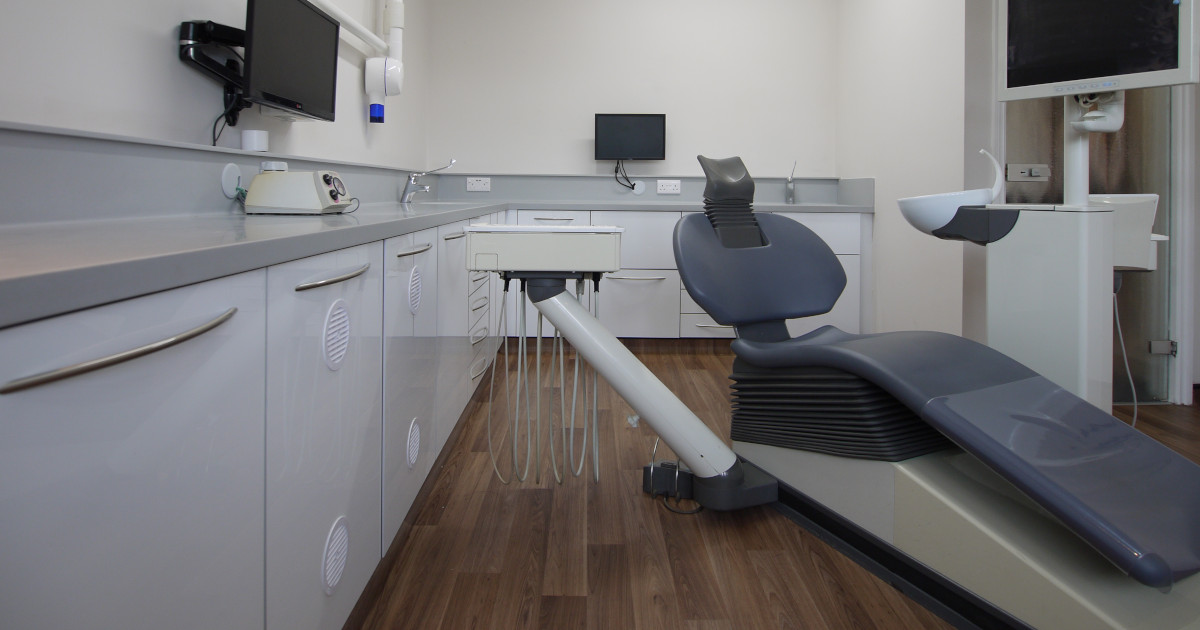
Stainless steel sinks are made with a combination of steel, chromium and nickel, which with proper care and maintenance will not rust under normal conditions.
Surface rust can be caused by rubber or plastic mats and the use of steel wool soap pads. Chlorides left on the sink surface can also cause surface rusting. To protect the sinks finish, they should be rinsed and wiped dry after each use.
The sink can be scoured with a mildly abrasive cleanser but make sure to rub back and forth in the direction of the sinks grain lines. After scouring, the sink must be rinsed and towel dried.
We hope that this guide will help you with your cabinetry and sink maintenance and if there are any types of unit that we have not included or you would like more information please get in touch with us.
Disclaimer: This information has derived from the manufacturer’s maintenance and cleaning documentation and is not guided by our own experience. If you would like more information and clarity, please visit these links – Durasein, Corian, Formica.

I have used them for the first time in recent months for a complicated project in carrying out a practice refurbishment. Eclipse were meticulous and brilliant. Very knowledgable engineers and a beautiful finish to my practice. They really are a family based business who will look after you. Very professional company and will definitely keep using them.

I had my 2 surgery practice completely stripped out and services repositioned with new flooring, new equipment and redecorated. They kept to the agreed time scale and we were up and running in our state-of-the-art new surgery. Thank you Eclipse and I will be using your services again.

I did a lot of research looking for a dental fit-out company before I came across Eclipse Dental. They designed the surgery exactly the way I wanted it to look which suits my requirements perfectly. The final result was phenomenal, just phenomenal!

The engineers that attend our practice are very knowledgeable and always act in a professional manner. If we have an emergency situation John Boyt always tries his best to fit us in. I have no hesitation in recommending Eclipse Dental Engineering to you for all your servicing and breakdown needs.

Eclipse listened to my ideas, they added a lot to them and improved my initial design. They had loads of realistic and creative ideas for a 21st century dental practice! Two surgeries were refurbished on time without any interruption of our clinics.

We would highly recommend the awesome Eclipse team who guided us through the design process, finishing touches and colour schemes. Their ability to combine build works with equipment and dental engineering makes it so much easier and better value.

I am very pleased with the result, it is of a high quality and surpassed my expectations, on the strength of the work done I commissioned some extra wall cabinetry. The whole process was hassle-free and I would be very happy to recommend Eclipse to my friends in the business.
We used Eclipse recently in an emergency as we had equipment failure. They were very quick to respond to our call and were able to get us working again within 2 hours. The engineer was very friendly and professional and I would highly recommend this company.

I would like to express my gratitude to you and your team for your professionalism and prompt response when our dental chair packed up. You attended the same day, removed the damaged chair and installed a rental to allow us to continue practising.

Having dealt with many fit-out companies over the years, Eclipse Dental has been one of the most professional, dependable and sincere companies I have ever worked with. I would not hesitate to use their services again.

Excellent service, Eclipse have worked tirelessly for us and have always come out same day if we have a problem stopping us working. Thanks to all at Eclipse.
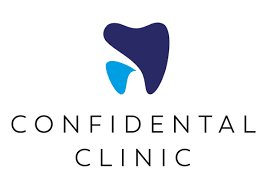
Their awareness of CQC regulations regarding equipment relocation and our necessity to minimise downtime was brilliant. We would like to recommend Eclipse Dental to anyone considering a refurbishment or relocation.
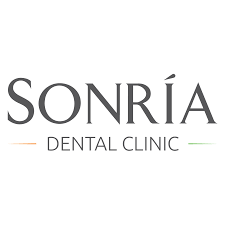
Very happy with the service and reliability of the team. From the beginning to the end, everyone was always helpful and very kind. I definitely will recommend Eclipse Dental!

I liked how swiftly the projects were done. Everything was managed, everything was timed and everything was coordinated. And every day we saw something happening. It was very exciting.

The quality of craftsmanship was exceptional—the cabinetry, flooring and all custom elements were made precisely to our specifications and aligned perfectly with our vision for the space.

Brilliant. Just professional! Complete refit of surgery. Flawless.

The boys did well! We didn’t give them much time to prepare but they did a great job, extremely pleased.

We have had the chairs for some time now and are happy with them. They serve what we need them for. The aftercare service is excellent

Eclipse are very flexible and listen to your needs. We are very impressed with the quality of workmanship they delivered. I would not hesitate to continue recommending Eclipse.
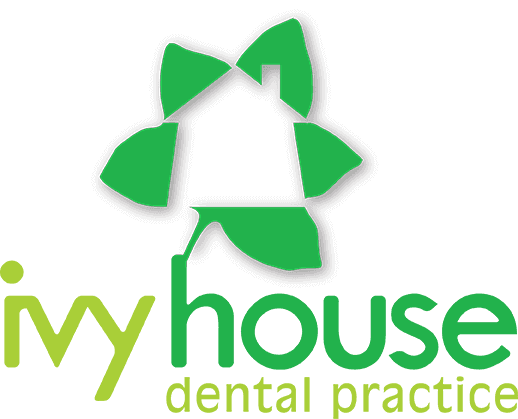
Eclipse were always accommodating of any requests and would always go the extra mile. I look forward to working with them for many years to come.

We are delighted with the end result. The practice looks good and, more importantly, works ergonomically and efficiently.